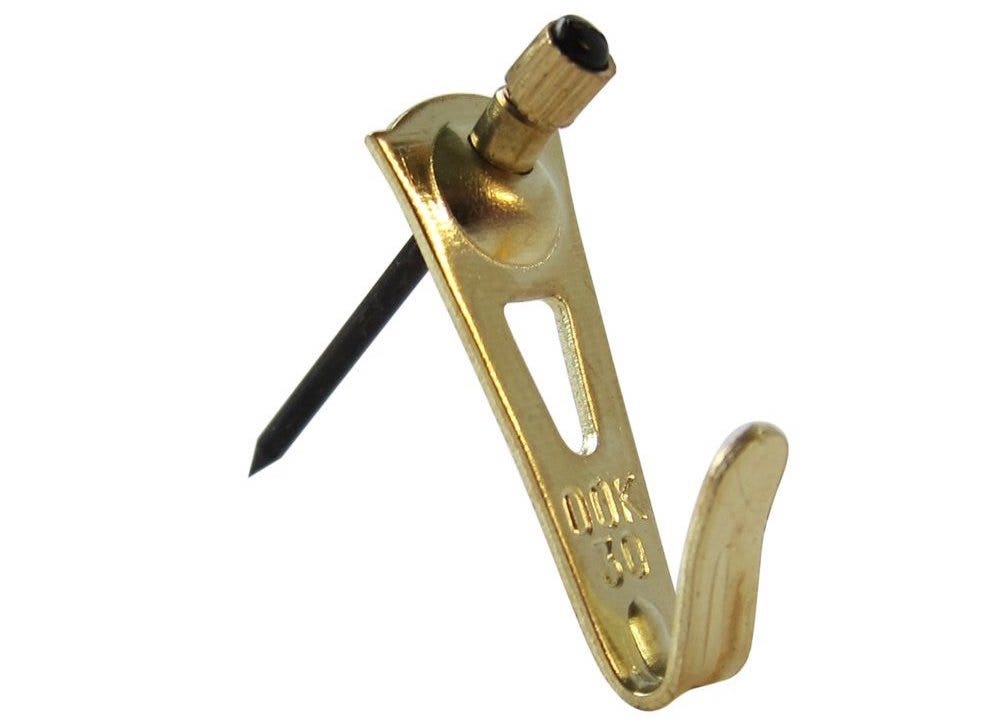


The stud finder beeps or lights up when it passes over a stud. Please let me know if you need any other photos or descriptions. Run an electronic stud finder over the wall surface to locate a stud. The double top plate has thrown me though and brought me here.
#Drilling into lath and plaster Patch
I'd make the opening, shore up some king and jack studs with sandwiched 2x8 (or 2x10) LVL and patch it back up. My original thought, pre-cutting was that this was non-bearing because of the truss construction. Above the wall is a common wall between two bedrooms.
#Drilling into lath and plaster full
Underneath the wall is a basement with no wall underneath - the full 26' span is unsupported for 15' from the outside wall to where the previous owners framed out an office in the basement. Upon pulling the drywall I noticed the top plate is doubled up 2x4 which I wasn't expecting. This involves making a hole in the wall between two. It isnt too hard to identify a lath and plaster ceiling there will be many narrow strips of timber coated in a creamy coloured plaster. The wall in question is 17' long and we'll (hopefully) be removing an 8" section to put doors on. The only solid fixing therefore is to replace some of the lath and plaster with a solid surface to fix to. These 2圆's run about 58" parallel on each side with the wall to be removed (photo attached but not referenced in the drawing). Underneath the wall, inside the basement truss has two 2圆's nailed inside of it (~12' apart), along the length of the house. MDF is being used to create a panelled wall effect. The house is a an engineered truss 19" high and 24" on center spanning 26' (roof is truss too). Messages 113 Reaction score 0 Location Tyne and Wear Country 1 Hi Im considering purchasing a nail gun to nail some 12mm MDF to a newly skimmed plaster and lathe wall. Plaster is hard, so you will feel some resistance. I've taken the first step to inspect a first floor common wall between a living rm and family by removing the drywall (photos attached). Work carefully, holding the drill at a right angle to the wall. All Rights Reserved.Thank you in advance for taking the time to listen and reply! I am interested in what spring toggle fixings are Sphinx_Svens? I am certainly learning lots doing all this DIY!! Many thanks again for all your responses!! Jackie This lath and plaster is really horrible stuff - the extra long screws I used were about 6" long and went straight into the brickwork (used a long masony drill bit first then put in an expanding rawl plug) so they are now completely rigid. Using a 3/16-inch masonry bit, drill a hole in the plaster about 2 inches from the crack. However, I have done exactly as you've suggested and it's certainly done the job - the fixings are not going anywhere! I think with this being an outside wall, this situation is unusual and I hope I will not have this problem with the rest of the walls!! I would have put up a baton as a last resort but luckly didn't have to this time I don't think they're ugly but they don't look great even when painted. Using the right care and materials, you should be able to shoot nails into your plaster walls with no problem. It is certainly better than using a hammer and nails. I filled my previous holes and sanded them down and repainted! To bookermel unfortunately the stud timber has disappeared due to the age of the property and I can assure you it is definately lath and plaster straight over brickwork!! Hence my previous problems. How well it works depends on the material the plaster is made of, the size of the nails, and other factors. Ok everybody thanks for taking the time to respond. If you are having problems finding two strong fixings you could fix a batten of timber accross the whole lenght remembering to make each fixing into the brick using rawlplugs and then fix your curtian rail to this using wood screws. you may need to buy a longer screw then has been provided to allow for the dept of the plaster in and older property. The hole for the rawl plug should be slightly deeper then the lenght of the rawlplug to allow the screw to go right through the rawlplug to ensure proper grip into the brick. To fix firmly drill a hole with a masonary bit (5.5mm approx) and insert a rawl plug making sure that the rawl plug is into the brick not just the plaster!. If it is an outside wall it is unlikly to be lath and plaster rather hair and lime plaster straight onto the brick. If I have understood your post you say ther is brick behind the plaster that you are fixing to if that is the case you need to fix into the brick not the plaster. It is almost impossible to fix successfully to lath and plaster you have to locate the upright ( stud) timber and fix into that.


 0 kommentar(er)
0 kommentar(er)
